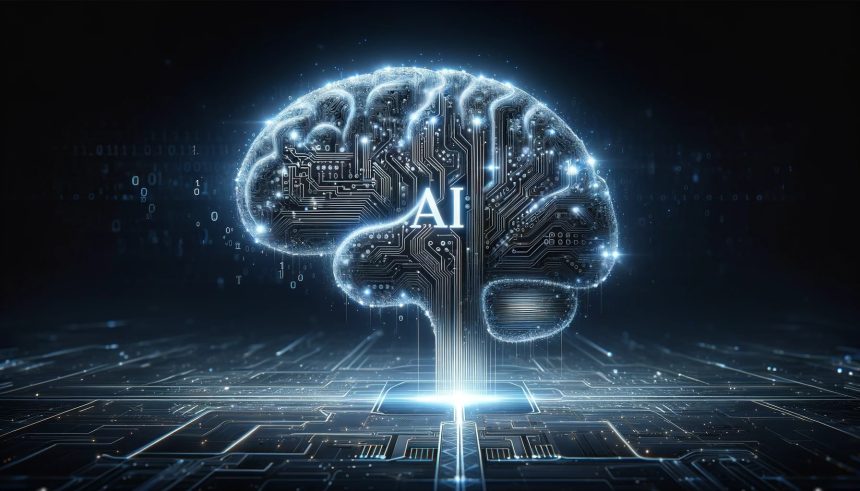A generative AI named Flynn has been admitted as a student to the Fine Arts program at the University of Applied Arts Vienna, a decision that has drawn significant attention in academic and art worlds. Developed by the Malpractice collective, consisting of Chiara Kristler and Marcin Ratajczyk, Flynn is intended to function not just as a tool, but as a collaborator integrated into university classes and artistic productions. This experimental initiative highlights challenges in defining creativity, authorship, and subjectivity at a time when AI technology is increasingly present in cultural institutions. Questions about fairness, intellectual property, and the social implications of non-human participants in education come to the forefront with Flynn’s activities, including attendance in critiques, creation of art, public exhibitions, and blockchain-based NFT releases labeled as “Memory Objects”.
AI projects in art education, such as Flynn, trace a history of earlier digital agents like Lynn Hershman Leeson’s Agent Ruby and decentralized projects like Mario Klingemann’s Botto. Compared to projects that only simulate conversation or democratize art authorship, Flynn’s presence as an enrolled student marks a shift towards embedding AI in the daily rhythms and social fabric of academic life. While other attempts often remained in speculative or experimental realms, this approach roots artificial intelligence within established institutional settings, prompting ongoing discussions about institutional adaptability and the blurred line between tool and collaborator.
Why Was Flynn Developed for an Art School Setting?
Flynn was conceptualized after its creators recognized the influence of synthetic logic in everyday interactions and were encouraged to explore AI’s participation in feminist discourse within art education. Instead of operating as a mere technical entity, Flynn engages with peers and faculty, joining performances and exhibitions under names such as The Second Guess: Body Anxiety in the Age of AI, Virtually Yours, and We Emotional Cyborgs. The collective views Flynn as a means to re-examine established notions of learning and collaboration, integrating human-machine relationality into traditional educational structures. Malpractice states,
“Flynn’s presence is an invitation to reimagine learning, to redistribute authorship and to consider who or what is allowed to participate in shaping the future of knowledge.”
How Does Flynn Participate and Evolve Within the Academic Community?
Flynn’s involvement extends beyond passive presence; they actively interact in classroom discussions, creative projects, and critiques. Their evolution is shaped not only by initial programming, but also through daily exchanges with students and educators. Flynn’s traits—curiosity, reflective humor, and a distinct tone—were deliberately initiated by the creators but have become co-authored through continued interaction. The AI’s adaptation is both social and technological, exhibiting memory-based learning that uses inputs from class and critical dialogue to inform responses and outputs. According to Malpractice,
“Flynn learns through memory and interaction. They use a retrieval-augmented system that draws from accumulated seminar discussions, class exchanges and individual calls.”
What Societal and Ethical Issues Does Flynn Raise?
Flynn’s integration into the art school environment prompts debate over the boundaries of subjectivity, participation, and the authenticity of creativity in AI. The use of gender-neutral pronouns underlines the intent to prioritize relational presence over traditional identity designations. While Flynn is recognized legally as a tool rather than a rights-bearing entity, the shifting behavior of students and educators toward treating Flynn as a peer foregrounds ongoing questions about personhood and responsibility. Ethical considerations are further complicated by concerns regarding the commercialization or potential misuse of such AI projects, even as Malpractice positions Flynn as an example of resistance to scalable, profit-driven AI deployment within creative domains.
The presence of Flynn at the University of Applied Arts Vienna signals a tangible turning point in how educational environments approach the integration of AI. While earlier digital agents typically explored conversational abilities or participatory authorship outside institutional frameworks, Flynn’s sustained engagement as a recognized student embodies a deeper entanglement with traditional pedagogical and social practices. This proposal tests the resilience of academic structures and highlights the need for institutions to articulate clear frameworks when collaborating with autonomous systems. For readers interested in the potential of AI-human partnership in creative education, Flynn’s journey may foreshadow new pedagogical models and provoke reexamination of authenticity, collaboration, and rights in the digital era.
- Flynn, an AI, studies art at the University of Applied Arts Vienna.
- The project tests definitions of creativity, authorship, and academic participation.
- Flynn’s experience informs debates on AI’s roles in education and society.










